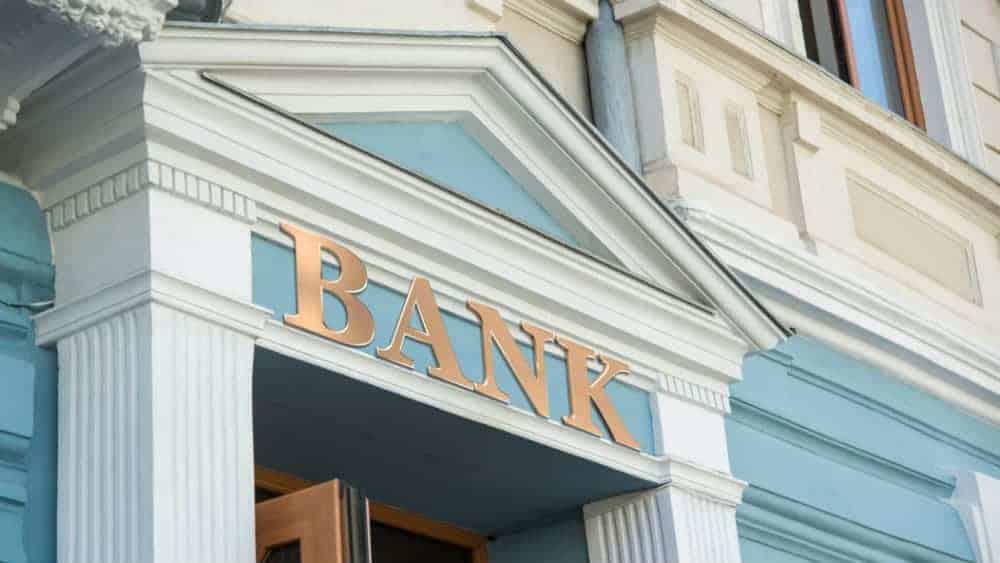CIBC (TSX:CM)(NYSE:CM) is a diversified financial institution governed by The Bank Act (Canada). It was formed through the amalgamation of the Canadian Bank of Commerce and Imperial Bank of Canada in 1961.
The company operates four segments that include personal and small business banking, Canadian commercial banking and wealth management, U.S. commercial banking and wealth management, and capital markets.
CIBC provides these services to 10 million personal banking, business, public sector and institutional clients in Canada, the United States and around the world. The company reports a market capitalization of $47.94 billion with a 52-week low of $97.55 and a 52-week high of $115.96.
Intrinsic price
Based on my calculations, using a comparable company analysis (CCA) valuation model, I determined that CIBC has an intrinsic value of $121.38 per share.
At the current share price of $107.62 at the time of writing, I believe CIBC is significantly undervalued. Investors looking to add a bank stock to their TFSA or RRSP should consider buying shares of CIBC.
CIBC has an enterprise value of $57.3 billion, which represents the theoretical price a buyer would pay for all of CIBC’s outstanding shares plus its net debt.
Financial highlights
For the fiscal year ended October 31, 2019, the company reports a solid balance sheet with $21 billion in retained earnings, up from $18.5 billion in 2018. This is a good sign for investors, as the company’s surpluses in previous years have been reinvested in the company.
CIBC reports a growth in the allowance for credit losses to $1.9 billion in 2019, from $1.6 billion in 2018 (+17%) which suggests the company is expecting increased defaults in the coming year. This increase is in-line with the increase in the allowance for the other six major banks.
Total revenues are up to $18.6 billion, from $17.8 billion in 2018 (+4.4%), offset by increase in expenses for pre-tax income of $6.5 billion, down from $6.7 billion in 2018 (-3.5%). This is largely driven by a $1.3 billion expense for credit losses, which is up from $870 million in 2018.
Management takes a proactive approach to debt management as suggested by the $1 billion repurchase of subordinated debt in 2019, $638 million repurchase in 2018 and $55 million in 2017. This is offset by a $1.5 billion issuance of subordinated debt in 2019 and $1.5 billion in 2018.
The company has a normal course issuer bid (NCIB) in place whereby the company repurchased and cancelled $109 million of shares in 2019, down from $417 million in 2018.
Dividends have consistently represented the largest cash outflow for CIBC under financing activities. In 2019, the company spent $2.4 billion on dividend payments, $2.1 billion in 2018 and $1.4 billion in 2017. The current dividend yield is 5.35%, which is achieved through quarterly payments of $1.44 per share.
Foolish takeaway
Investors looking to buy shares of a bank should look into buying shares of CIBC for their TFSA or RRSP. With positive retained earnings, solid operating performance and a management team that takes a proactive approach to debt management, CIBC is a solid choice. Further, the company has a consistent dividend that’s beneficial for income-oriented investors.
At its current share price of $107.62 at writing, I believe it is trading at a steep discount compared to its intrinsic value of $121.38. Thus, I would suggest investors buy shares of the company today.










